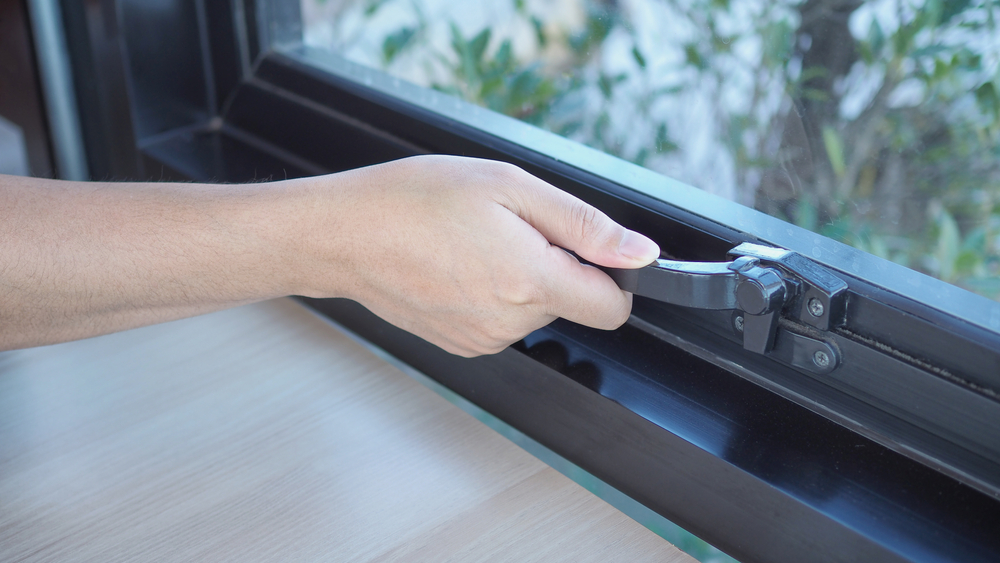
Safety and Security Considerations for Architectural Windows and Doors: Designing for Peace of Mind
When it comes to designing architectural windows and doors, safety and security considerations are paramount. As essential features of any building, windows and doors not only play a significant role in the overall aesthetics of a space but also serve as crucial elements for safety and security. Whether it’s a residential property, commercial building, or industrial facility, incorporating safety features in architectural windows and doors is essential for ensuring peace of mind for occupants. In this guide, we’ll explore some safety and security considerations to keep in mind when designing architectural windows and doors, as well as tips for enhancing security in these essential features.
Safety Features to Consider in Architectural Windows and Doors
1. Impact-Resistant Glass: One of the key safety features to consider in architectural windows is impact-resistant glass. This type of glass is designed to withstand strong impacts, such as severe weather conditions or attempted break-ins, reducing the risk of injury and damage. Impact-resistant glass is often made with multiple layers of glass and a durable interlayer, ensuring increased strength and durability compared to standard glass.
2. Safety Laminates: Safety laminates are another important safety feature to consider for architectural windows and doors. Laminates are thin layers of material that are applied to the surface of glass to enhance its strength and shatter resistance. In the event of breakage, safety laminates hold the glass together, preventing shards from scattering and reducing the risk of injuries from sharp edges. Laminates can be customized to provide various levels of protection, depending on the specific safety requirements of the project.
3. Tempered Glass: Tempered glass is a type of safety glass that undergoes a special heating and cooling process to increase its strength and durability. In the event of breakage, tempered glass shatters into small, blunt pieces, reducing the risk of injury from sharp edges. Tempered glass is often used in architectural windows and doors to enhance safety and security, especially in areas where impact resistance is a concern.
4. Window Locks and Hardware: Ensuring that windows have secure locks and hardware is essential for enhancing security in architectural designs. Consider using high-quality locks, hinges, and handles that provide reliable protection against forced entry and unauthorized access. Choose locking mechanisms that are easy to operate for occupants but difficult for intruders to manipulate. Additionally, consider incorporating window sensors and alarms to alert occupants of any attempts at unauthorized entry.
Security Windows and Doors Tips
1. Reinforced Frames: In addition to secure locks and hardware, reinforced frames are essential for enhancing security in architectural windows and doors. Strong and durable frames help prevent forced entry and ensure that windows and doors remain intact during extreme weather events or potential security threats. Consider using materials such as steel or aluminum for window and door frames, as they offer increased strength and stability compared to traditional materials.
2. Security Film: Security film is a protective film that can be applied to windows and doors to increase their resistance to impact and breakage. Security film holds the glass together in the event of breakage, making it more difficult for intruders to gain access to the building. Additionally, security film can provide added protection against UV rays, reducing the risk of fading and damage to interior furnishings.
3. Motion-Activated Lighting: Incorporating motion-activated lighting around architectural windows and doors is an effective way to enhance security and deter intruders. Motion sensors detect movement outside the building and trigger lights to turn on, alerting occupants to any potential threats. Motion-activated lighting not only enhances security but also improves visibility and safety around windows and doors, especially in low-light conditions.
4. Security Shutters or Grilles: Security shutters or grilles are physical barriers that can be installed over windows and doors to provide an extra layer of protection against forced entry. Shutters and grilles are available in a variety of materials and styles, ranging from solid metal panels to decorative designs that complement the architectural aesthetics of the building. Consider incorporating security shutters or grilles in high-risk areas to increase security and peace of mind for occupants.
Summary
Safety and security considerations are essential when designing architectural windows and doors. By incorporating safety features such as impact-resistant glass, safety laminates, tempered glass, and secure locks and hardware, designers can ensure the safety and well-being of occupants. Additionally, implementing security tips like reinforced frames, security film, motion-activated lighting, and security shutters or grilles can enhance security and provide peace of mind for building occupants. In a world where safety and security are top priorities, it’s crucial to design architectural windows and doors with the necessary features and measures to protect against potential threats and ensure a safe and secure environment for all.
Got questions? Let us help! Contact us today to learn more about what we can do for you!
Categorised in: Security
